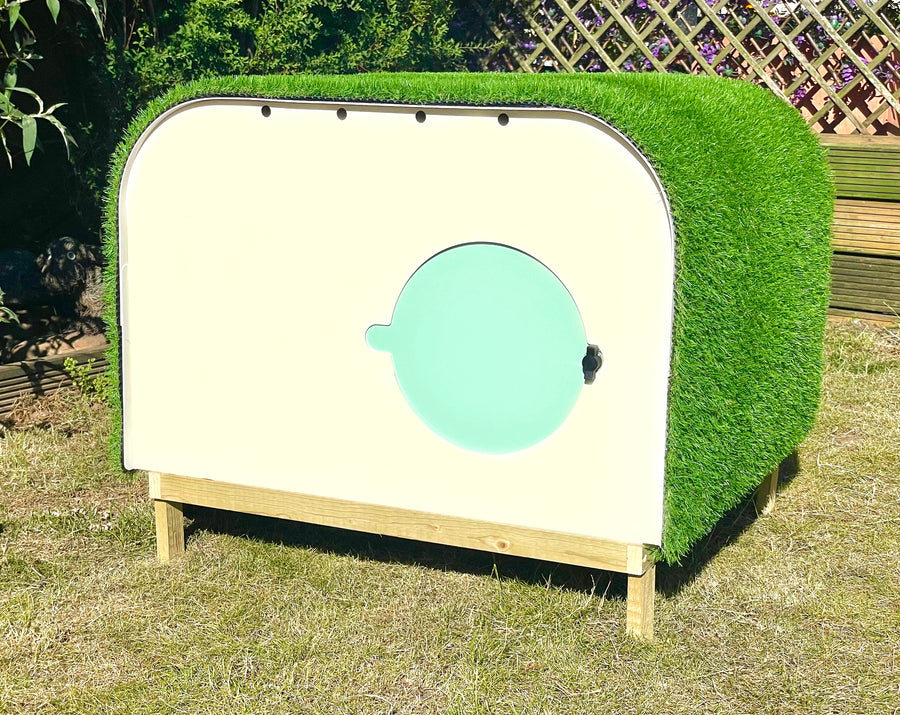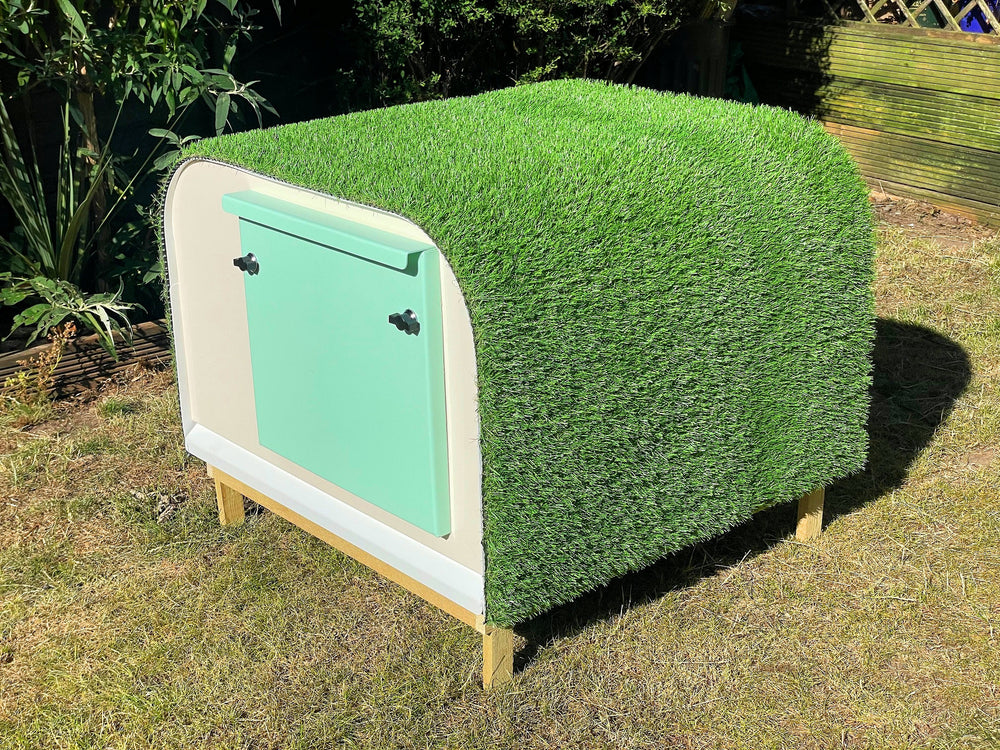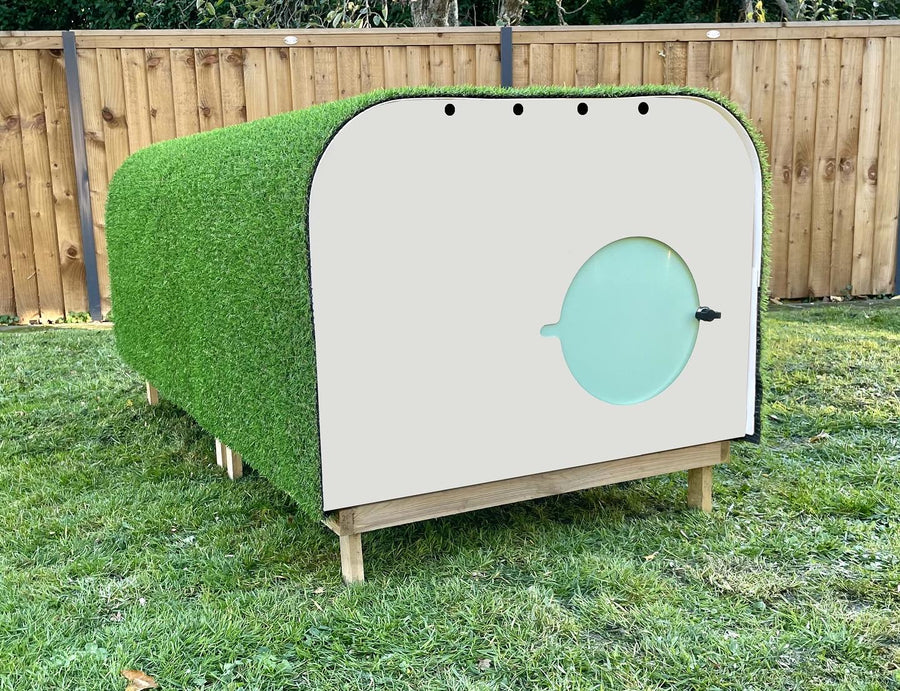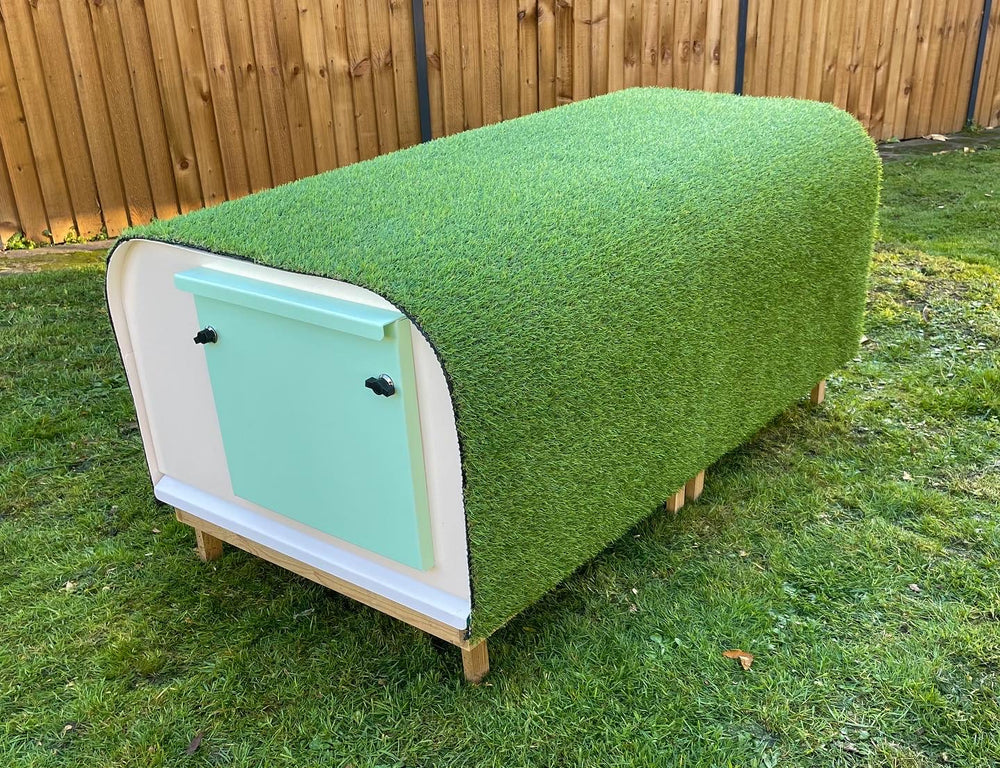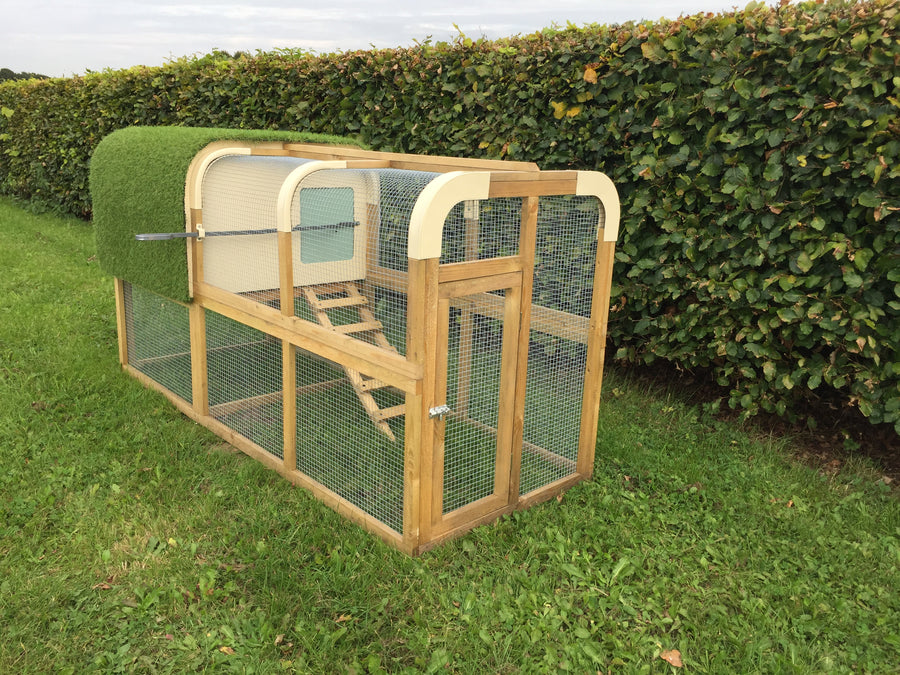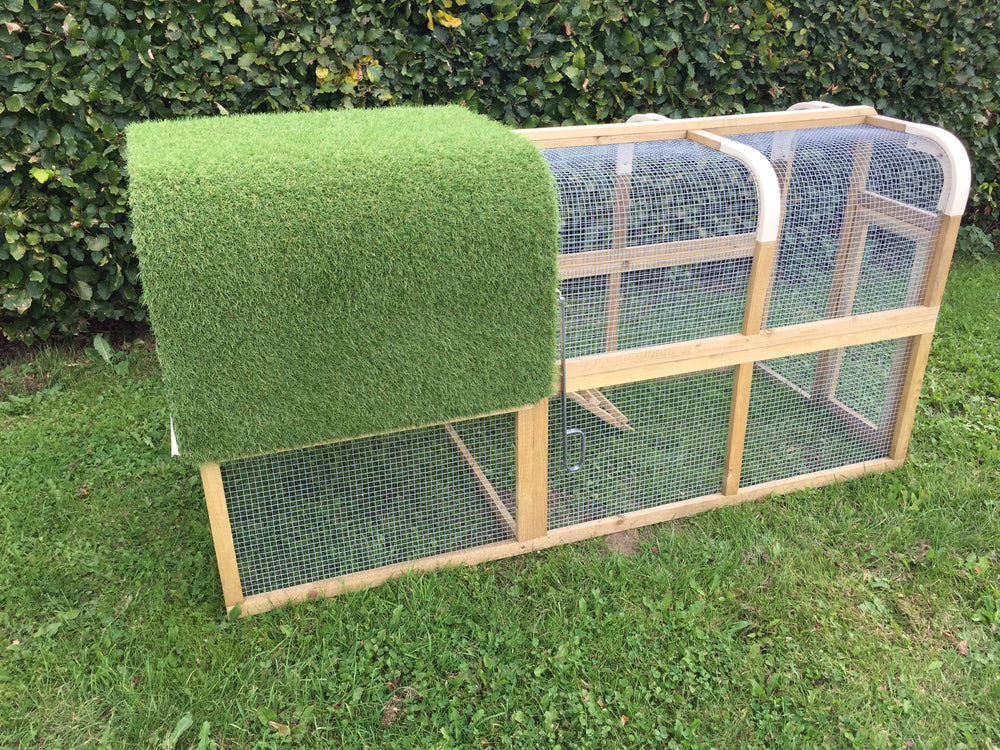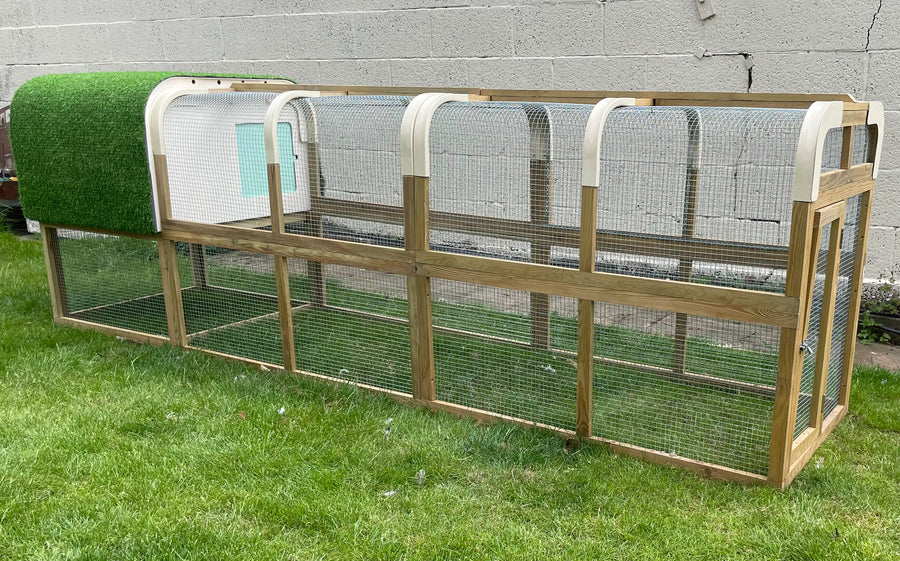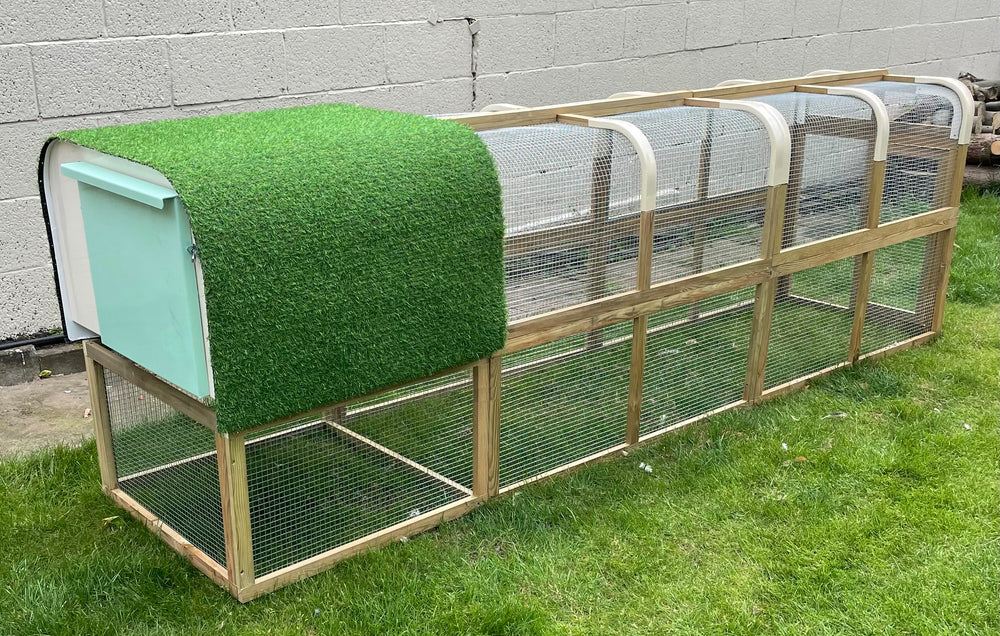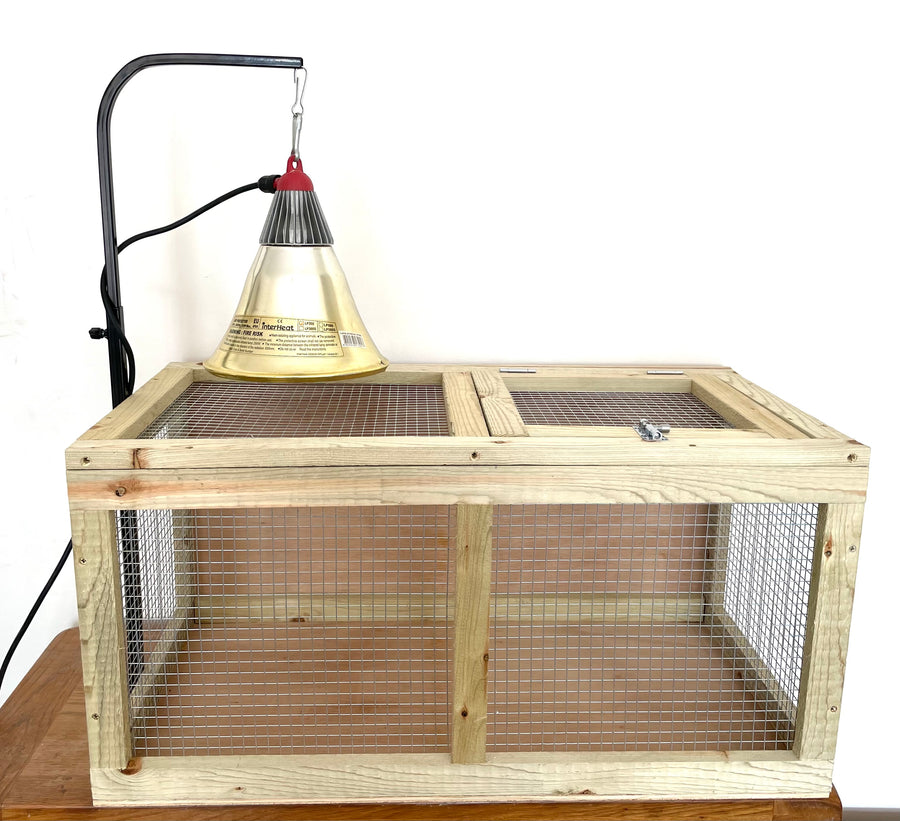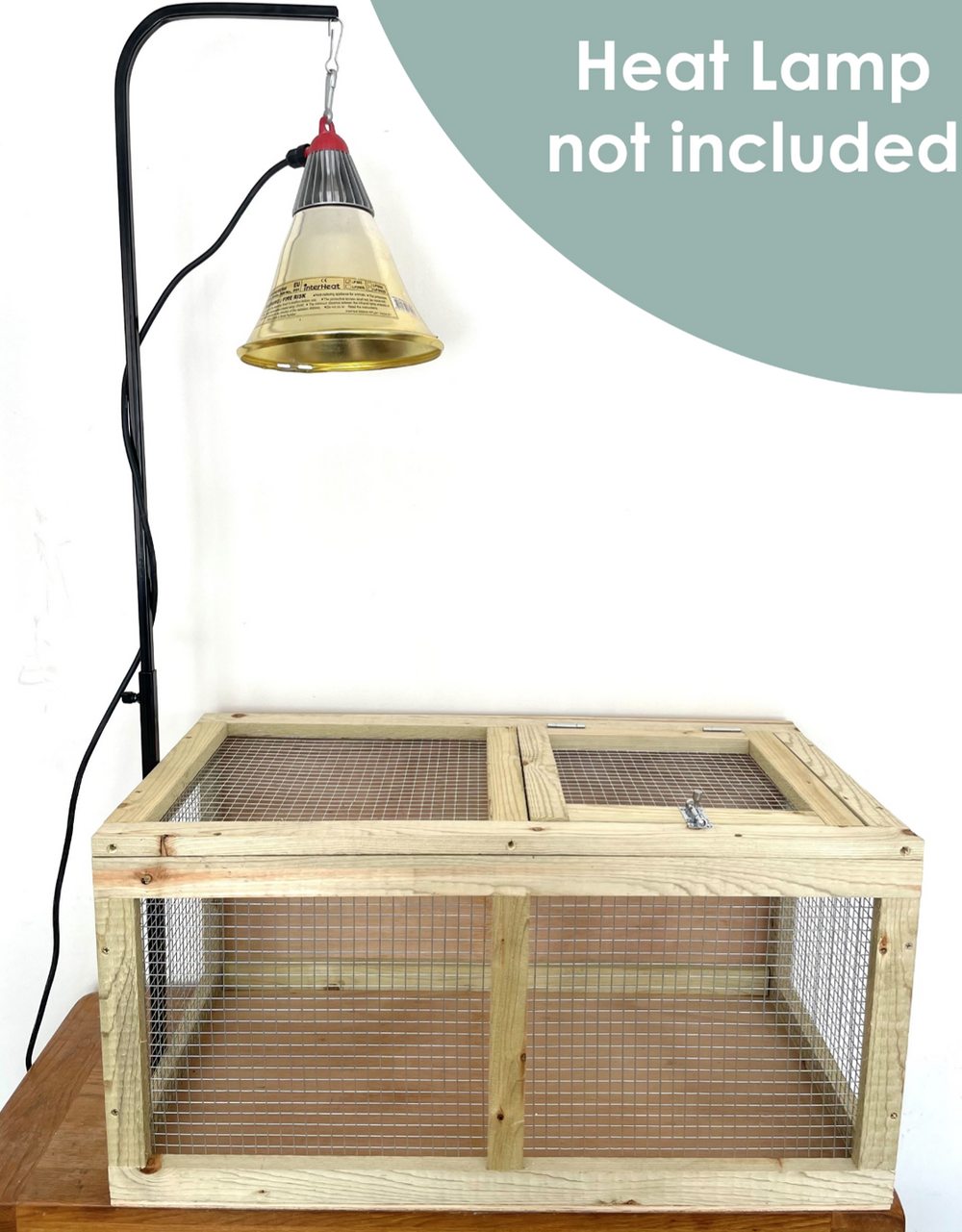Understanding and Managing Red Mites in Chickens
Red mites, scientifically known as Dermanyssus gallinae, are tiny parasitic insects that threaten chickens and poultry keepers worldwide. These nocturnal parasites feed on the blood of chickens, leading to a range of health problems and potentially severe infestations if not appropriately managed.
Understanding how to prevent, identify, and treat red mites is crucial for maintaining the health and well-being of your flock.
Preventing Red Mite Infestations
Preventing red mite infestations starts with maintaining a clean and well-managed environment for your chickens. Here are some effective strategies:
Regular Cleaning: Thoroughly clean the coop at least once a week. Remove old bedding, scrub down surfaces, and disinfect regularly to eliminate mites and their eggs.
- Diatomaceous Earth: This natural powder can be sprinkled in bedding, nesting boxes, and dust baths to help deter red mites. It works by dehydrating and killing the mites.
- Perches and Nest Boxes: Use smooth, non-porous materials for perches and nest boxes, as red mites hide in crevices. Ensure perches are easily removable for regular cleaning.
- Regular Inspections: Regularly inspect your coop, especially crevices and corners, for signs of mites. Early detection is key to preventing a full-blown infestation.
- Quarantine New Birds: Always quarantine new birds before introducing them to your flock. This helps avoid introducing red mites from outside sources.
Identifying a Red Mite Infestation
Red mites are small, about 1 mm in size, making them difficult to spot with the naked eye. However, several signs may indicate their presence:
- Restless Chickens: If your chickens seem unusually restless at night, they may be under attack by red mites. Due to discomfort, chickens may avoid going into the coop at night.
- Pale Combs and Wattles: Anemia caused by blood loss can make a chicken's comb and wattles appear pale.
- Drop in Egg Production: Stress from red mite infestations can lead to a noticeable drop in egg production.
- Visible Mites: In severe cases, you may see red mites crawling on roosts, in nest boxes, or on the birds themselves, particularly around the vent area.
- Dusty or Greasy Appearance: Mites often leave a greyish or greasy residue on the surfaces where they hide.
Health Issues Caused by Red Mites
Red mites can cause a range of health issues in chickens, some of which can be severe:
- Anemia: Continuous blood loss can lead to anemia, which weakens the birds and can even result in death if untreated.
- Irritation and Stress: Constant biting causes significant discomfort, leading to stress, feather pecking, and decreased immunity.
- Infection: The wounds caused by mites can become infected, leading to further health complications.
- Weight Loss: Chickens infested with red mites may lose weight due to stress and reduced feeding.
- Lower Egg Production: Infested chickens are likely to produce fewer eggs, and the eggs may be of lower quality.
Treatment Options for Red Mites
Once red mites are identified, it's crucial to act quickly to treat the infestation:
- Chemical Treatments: There are various acaricides (mite-specific insecticides) available for treating red mites. These can be applied as sprays, dusts, or even added to the chickens' drinking water.
- Natural Remedies: Some poultry keepers prefer using natural treatments like diatomaceous earth, essential oils (e.g., neem oil), or herbal sprays. These methods can be effective but may require more frequent application.
- Heat Treatment: Red mites are sensitive to heat. Cleaning the coop with hot water or using a steam cleaner can help eliminate mites and their eggs.
- Vacuuming: In smaller coops, vacuuming crevices and corners can physically remove mites from the coop.
- Professional Help: In cases of severe infestations, it may be necessary to seek help from a pest control professional with experience in poultry pests.
The Benefits of a Plastic Chicken Coop
One effective strategy for preventing and controlling red mite infestations is using a plastic chicken coop. Plastic chicken coops offer several advantages over traditional wooden coops:
- Fewer Crevices: Plastic coops have fewer nooks and crannies where red mites can hide, making them easier to clean and less likely to harbour mites.
- Easy to Clean: Plastic is non-porous and easy to disinfect. Regular cleaning with hot water and disinfectants is straightforward, helping to prevent mite buildup.
- Durability: Plastic coops are resistant to weathering and do not rot, which can reduce the likelihood of creating hidden spaces for mites over time.
- Moisture Resistance: Unlike wood, plastic does not absorb moisture, which can create a less favourable environment for mites to thrive.
- Lightweight and Portable: Plastic coops are often lighter and easier to move, allowing for more frequent relocation, which can disrupt the mite lifecycle.
Red mites can pose a severe threat to the health and productivity of your chickens, but with vigilance and proper management, infestations can be prevented or controlled.
Regular cleaning, careful inspection, and prompt treatment are crucial to keeping these pests at bay.
Opting for a plastic chicken coop can significantly reduce the risk of red mite infestations, offering a practical and hygienic solution for poultry keepers. By taking these steps, you can ensure a healthier and more comfortable environment for your flock.


